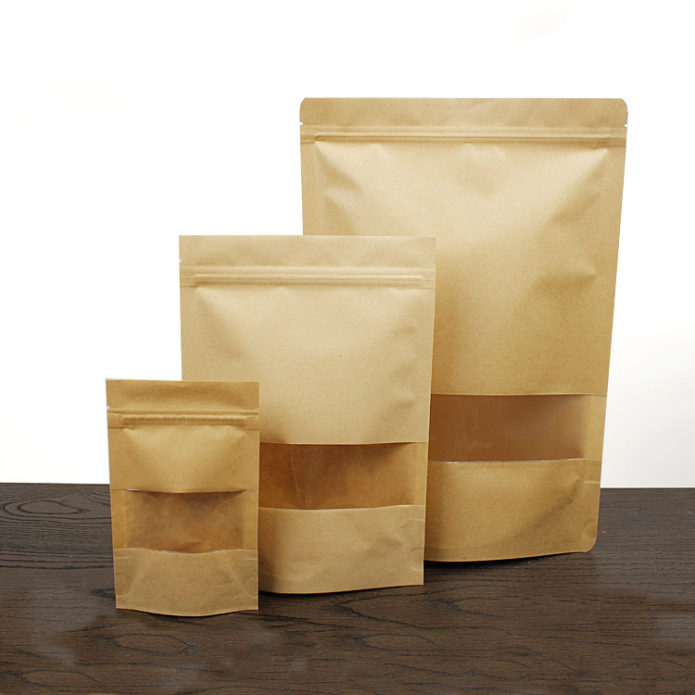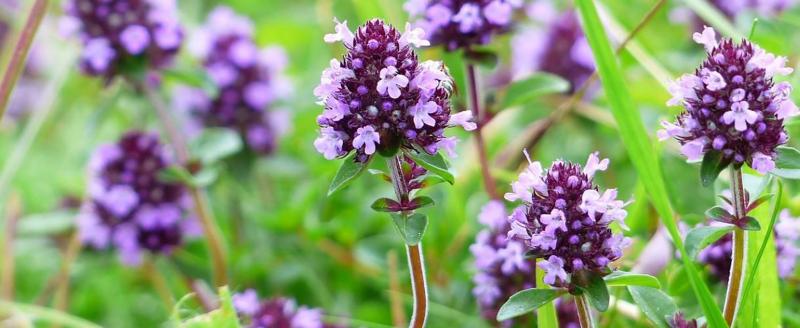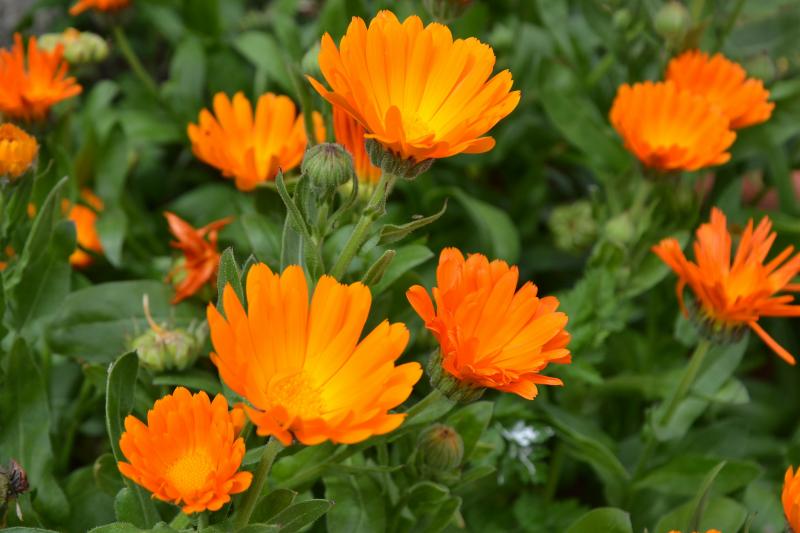Bird knotweed, or knotweed, is an annual herb of the Buckwheat family. It is distributed almost everywhere, which is why it is considered a weed. Knotweed has beneficial properties and is widely used in folk and official medicine. Funds based on it have a number of contraindications, which are recommended to be familiarized with even before taking decoctions and infusions.
Content
Knotweed (bird highlander): photo and description
The avian knotweed is a creeping plant reaching a height of 80 cm. It has a taproot, a branched stem with pronounced nodes and grayish-green elliptical leaves. The flowering period of knotweed lasts from late spring to mid-autumn. At this time, small pinkish flowers appear. The fruits of the highlander bird ripen in summer or autumn.
Bird knotweed has many other names besides knotweed. It is called buckwheat, gourd, grass-ant, chill, kuro-eater, passerine tongues, treadmill, as well as goose, cranberry and fringed grass.
Knotweed is used not only in folk but also in official medicine. Shredded dried herb can be purchased at almost any pharmacy.
The medicinal properties of Knotweed have been scientifically confirmed and therefore it is included in the State Register of Medicines of the Russian Federation.
Useful properties of the plant
Highlander bird has the following healing properties:
- diuretic;
- antispasmodic;
- anti-rotten;
- antimicrobial;
- choleretic;
- wound healing;
- hemostatic;
- immunostimulating;
- diaphoretic;
- anti-inflammatory;
- antipyretic.
In folk medicine, knotweed is used to treat infertility because the herb improves the tone of the uterus.
Video: what is goose grass useful for
Indications for use
Means based on Knotweed are used in the treatment of the following diseases:
- tuberculosis;
- malaria;
- renal, hepatic and gastrointestinal diseases;
- rheumatism;
- whooping cough;
- bronchial asthma;
- diseases of the urinary tract;
- hypertension;
- metabolic disease.
Knotweed is widely used in gynecology. Funds based on it increase the chances of conception in women whose infertility is associated with inflammatory processes of the ovaries, uterus and fallopian tubes.
Contraindications
Medicines based on knotweed have the following contraindications:
- diseases of the kidneys, bladder, stomach and intestines during an exacerbation;
- glomerulonephritis;
- bronchitis;
- the presence of stones in the urinary canals more than 6 mm;
- heart disease;
- pregnancy and breastfeeding;
- increased acidity;
- individual intolerance;
- children under 12 years of age.
While using knotweed, it is not recommended to eat onions and garlic.
When using products based on Knotweed, the following side effects are possible:
- the appearance of symptoms of an allergic reaction;
- increased blood clotting;
- renal colic.
Popular knotweed recipes
For the preparation of medicines, only the aerial part of the knotweed is used. From plant materials at home you can prepare:
- infusion;
- broth;
- alcohol tincture;
- juice;
- tea;
- broth in milk;
- means for external use.
Infusion
Ingredient List:
- 1 tbsp. l. finely chopped fresh knotweed leaves;
- 500 ml of boiling water.
Step-by-step instructions for preparing the infusion:
- Place the leaves in a glass container and pour boiling water over it.
- Cover the container with a lid and wrap with a towel.
- Filter the product after 4 hours using a sieve.
The ready-made infusion is recommended to be taken for 10 days 4 times a day, half a glass before meals. This remedy helps to relieve inflammation in the airways and remove phlegm.
Tea
Ingredient List:
- 8 tsp dry knotweed leaves;
- 1 liter of cold water.
Instructions for making medicinal tea:
- Pour boiling water over the vegetable raw materials.
- Put the container with the product on fire and bring to a boil.
- Filter the tea.
For the treatment of respiratory diseases, it is recommended to drink this tea daily, 3 cups a day.
Juice
It is recommended to use the juice from the mountaineer bird for nephritis, cystitis and inflammation of the appendages in women. He prepares as follows:
- Using a sharp knife, the tops of the stems with leaves each 30 cm long are cut off.
- The stems are washed under running water and laid out on a sheet of paper to dry.
- The parts of the plant are finely chopped and transferred to an enamel container.
- Vegetable raw materials are filled with water and removed for 3 hours.
- The mixture is passed through a juicer and poured into a glass container.
- The juice is stored in the refrigerator.
You need to drink the remedy 4 times a day 30 minutes before meals. At one time, you should use 3 tbsp. l. knotweed juice, pre-mixed with 1 tbsp. l. honey.
Decoction
Ingredient List:
- 1 tbsp. l. dry plant materials;
- 250 ml boiling water.
Step-by-step instructions for making a decoction:
- Pour the dried herb into a glass container and pour boiling water over it.
- Keep the mixture in a water bath for 10 minutes.
- Cool and strain the broth.
To get rid of headaches and lower blood pressure, it is recommended to take a ready-made decoction of 1 tbsp. l. 3 times a day. The recommended course of treatment is 5-10 days.
Tincture
Ingredient List:
- 1 tbsp. l. dry knotweed herb;
- 500 ml of vodka.
Instructions for making alcohol tincture:
- Place the plant materials in a glass jar.
- Pour vodka over the grass and remove the container in a cool dark place for 10 days.
- Filter out the tincture.
In the treatment of chronic diseases, the agent should be taken before meals 3 times a day. Before use, it must be diluted with warm water at the rate of 20 drops of tincture per 125 ml of liquid. It is recommended to drink the tincture within 30 days. It is advisable to repeat the course in a month.
Means for external use
Ingredient List:
- 1 tbsp. l. dried herbs;
- 500 ml hot water (60–70 ° C).
Instructions for preparing a decoction for compresses:
- Cover the grass with water.
- Simmer the mixture over low heat for 10 minutes.
- Filter the cooled broth.
In the prepared broth, moisten the cheesecloth folded in several layers, apply it to the damaged skin and hold it for 30 minutes. It is recommended to use compresses 2 times a day, morning and evening, until the wounds are completely healed.
Broth in milk
Ingredient List:
- 2 tbsp. l. dry grass;
- 500 ml of milk.
Step-by-step instructions for preparing a decoction:
- Mix ingredients.
- Put the container with the mixture on fire and bring to a boil.
- Cool the product and strain it before use.
You can drink a decoction in milk in adolescence with whooping cough and cramps, half a glass 4 times a day.
Collection and storage of plant materials
It is necessary to collect bird knotweed during flowering away from the roadway and settlements. You need to cut off the stems with leaves and flowers with a sharp knife, transfer them to a dark, well-ventilated place and spread them out on paper. Dried plant materials should be crushed, distributed in paper bags or small canvas bags and stored in a cool room.
High-quality plant material consists of bluish-green knotweed stems with light leaves and small flowers. It should have a faint smell, and the taste should be slightly tart, astringent.
The shelf life of plant materials is 3 years.
Feedback on the results of the application
Arthrosis of the shoulder joint tortured me, even cry. Nothing helped, neither the pill nor the ointment. Once in some magazine I read about a spore, which grows everywhere and it is absolutely easy to collect it. Which I did. She began to brew and drink like tea. A month later, I finally felt relief and for the second year I have not remembered this sore of mine.
With the medicinal herb of Knotweed, or knotweed, I have known for a long time. In case of inflammation, I prepare an infusion. I take it 30 minutes before meals, half a glass 4 times a day. Very well, such a decoction helps with gynecological diseases of an inflammatory nature, with nervous exhaustion, and even promotes conception. I can say for myself that this useful herb helped me.
I use this herb as a diuretic to prevent kidney and bladder stones. I also use lotions from this herb as a wound healing agent for cuts or wounds on the body. My mom is taking knotweed tea to relieve blood pressure. Since I suffer from sleep disorders, I often add a decoction for taking a bath, because it relieves arthritis pain and has a sedative effect, promotes good sleep, relieves leg cramps that I sometimes have before bed. These knotweed baths relieve my nervous fatigue and tension. In general, this herb in one word can be called a good regulator of metabolism in our body.
Knotweed is widely used for the preparation of auxiliary agents used in the treatment of many diseases. They cannot replace the medicines prescribed by the attending physician, but they help to improve the patient's condition and his speedy recovery. In this case, a consultation with a doctor is required.





